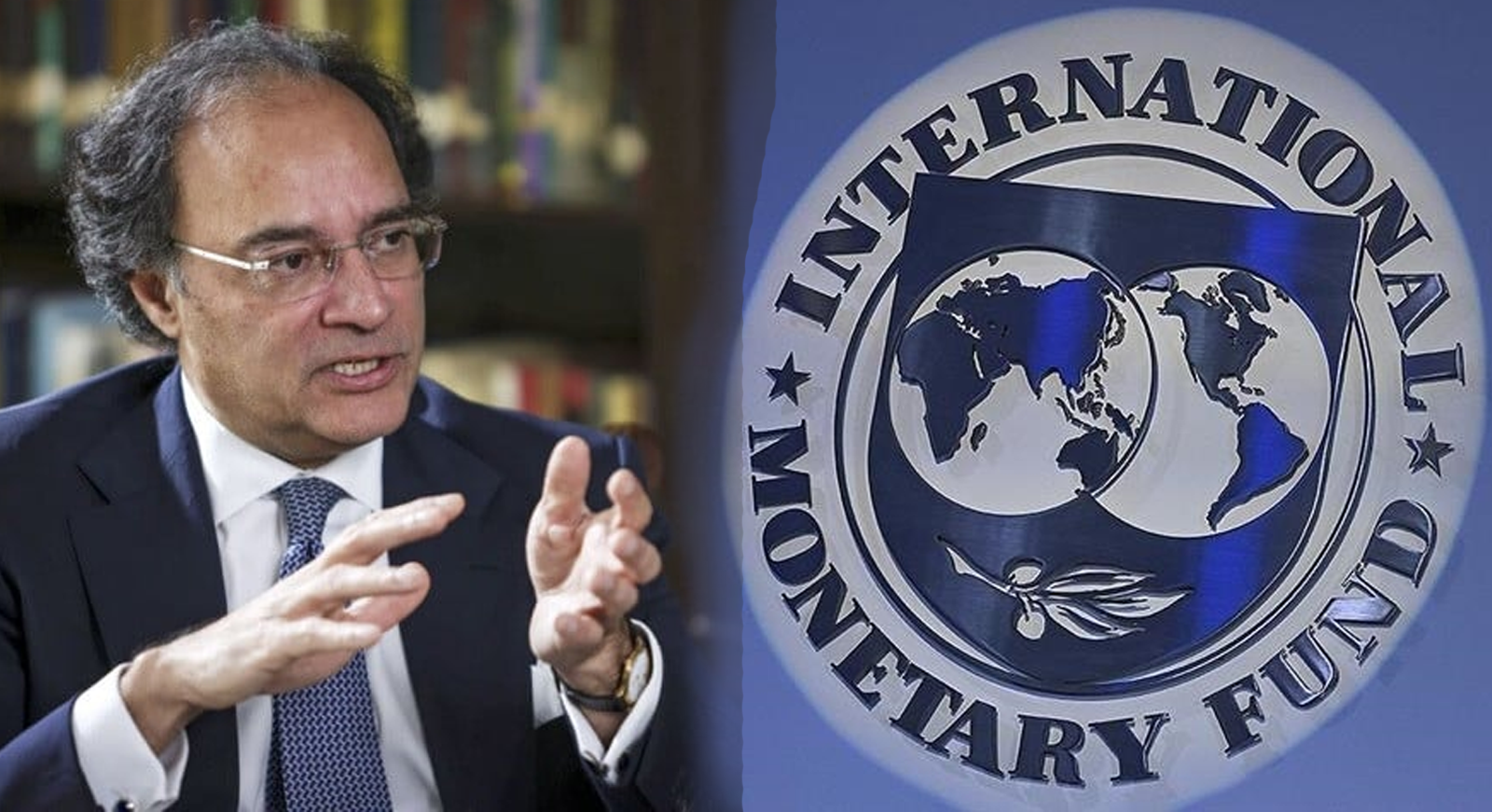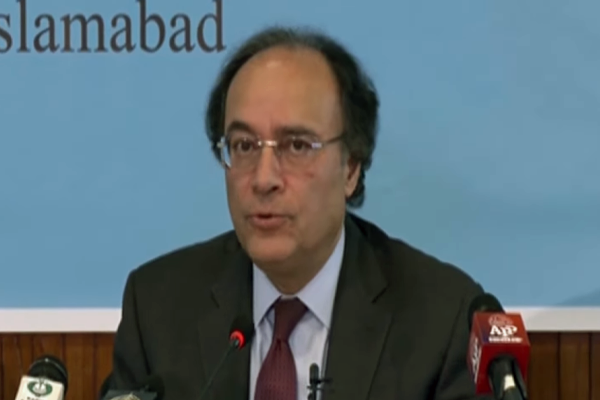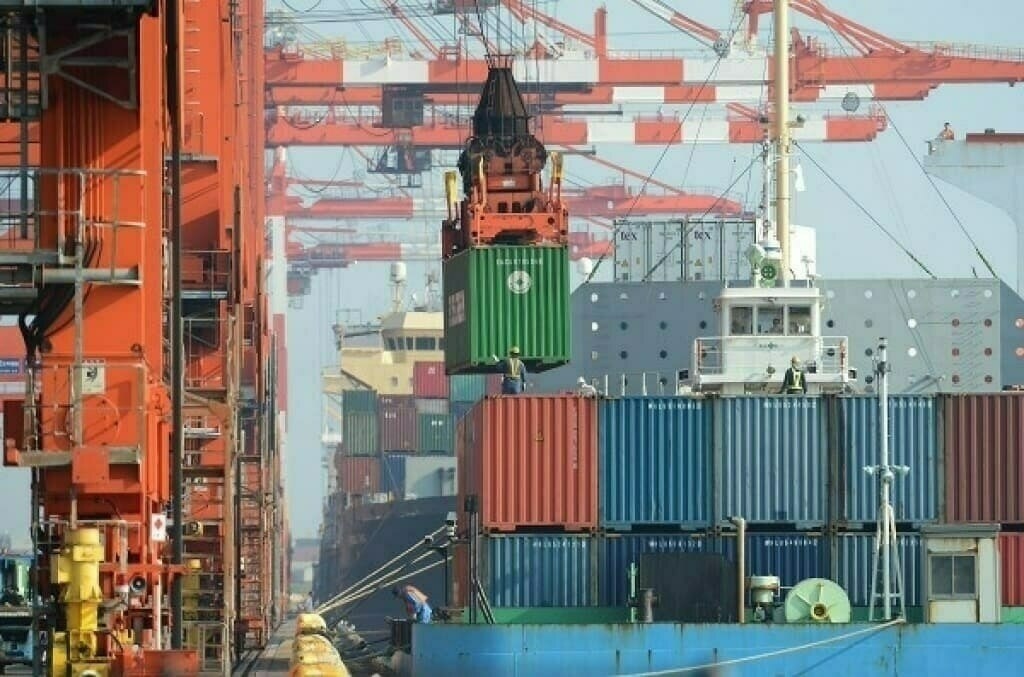Syed Aqeel Haider
“Pakistan’s Economy in Crisis: Poverty, Unemployment, and Tough Tax Reforms”
Despite occasional signs of stability, Pakistan’s economy continues to face severe structural challenges. According to a recent World Bank report, 44% of Pakistan’s population now lives below the poverty line, 26 million children remain out of school, and over 20 million individuals are unemployed. Renowned economist Dr. Hafiz Pasha estimates that the unemployment rate has surged from 6% to an alarming 22%. These figures paint a stark contrast to official narratives of economic recovery and highlight the urgent need for comprehensive reforms. This report explores the depth of these issues, their implications in the global economic context, and evaluates the impact of recent budgetary and tax measures.
Rising Poverty – A Mounting Burden on the Economy
According to the World Bank, nearly 110 million Pakistanis live below the poverty line—approximately 44% of the population. This is deeply concerning by global standards, especially considering that Pakistan, despite being the 26th largest economy in terms of purchasing power parity (PPP), ranks 141st in per capita income. The high poverty rate reflects the population’s limited access to essential services such as clean drinking water, healthcare, and education.
In rural areas, poverty is even more entrenched due to feudal land structures, unequal land ownership, and policy disparities. These conditions hinder economic mobility and reduce consumer purchasing power, thereby limiting overall domestic demand—an essential engine for economic growth.
Education Crisis: 26 Million Children Out of School
Pakistan’s education crisis is a ticking time bomb. With 26 million children currently out of school, the country ranks among the worst globally in terms of education access. This crisis is intricately tied to poverty and socio-economic inequality. Low-income families often push their children into child labor instead of schooling to supplement household income.
The situation for girls is especially dire due to cultural constraints, early marriages, and a lack of access to girls’ schools. The deplorable condition of public schools in rural areas, combined with a shortage of qualified teachers, has virtually paralyzed the education sector. This not only undermines opportunities for the current generation but also diminishes the potential of Pakistan’s future workforce, weakening the country’s ability to compete in the global knowledge economy.
Unemployment at Alarming Levels
Dr. Hafiz Pasha’s assessment that unemployment in Pakistan has reached 22%—impacting over 20 million people—casts serious doubts over official recovery claims. Key sectors such as agriculture and textiles are shedding jobs, and technological shifts like automation and digitization are leaving unskilled youth without employment prospects.
The shortage of vocational training institutions and the overall poor quality of education have further impaired the labor force’s global competitiveness. Rising unemployment is not only a major economic concern but also fuels social unrest and contributes to rising crime rates.
Global Economic Pressures and Their Local Impact
The global economy in 2025 is grappling with several challenges, including rising energy prices, supply chain disruptions, and U.S. tariff policies. As a heavily import-reliant economy dependent on textile exports and remittances, Pakistan remains highly vulnerable to these external shocks.
The strengthening of the U.S. dollar has accelerated the depreciation of the Pakistani rupee, inflating the cost of imported goods and exacerbating inflation. While the $7 billion Extended Fund Facility (EFF) approved by the IMF in July 2024 helped bolster foreign reserves, its stringent conditions—including subsidy cuts and higher taxation—have imposed significant hardship on ordinary citizens, further aggravating poverty and unemployment.
Post-Budget Tax Reforms: Revenue Gains, Public Pain
The federal budget for FY 2024-25 emphasized aggressive tax reforms to ensure fiscal consolidation. Two major developments followed:
1. Expansion of the Tax Base:
The Federal Board of Revenue (FBR) launched new initiatives aimed at increasing the number of taxpayers. The “Trader-Friendly Scheme” has been extended to bring unregistered businesses and small shopkeepers into the tax net. Moreover, income tax slabs for salaried individuals have been revised, increasing the burden on those earning above Rs 50,000 per month.
While these reforms have succeeded in raising tax collection by 29% in the first half of FY24, they have also intensified financial pressure on the already burdened middle and lower-income classes.
2. Increase in Indirect Taxes:
The General Sales Tax (GST) was raised from 18% to 20% on certain items, and petroleum levies were also increased. This has led to a sharp rise in fuel and essential commodity prices, disproportionately impacting lower-income groups. Though these measures were demanded by the IMF, they have widened the gap in income inequality, as indirect taxes tend to hit the poor hardest.
Ongoing Policies to Address Poverty and Unemployment
Despite the economic strain, a few social safety and workforce initiatives remain active:
Benazir Income Support Programme (BISP):
Funding for BISP has been increased by 27% for FY 2024-25, now reaching over 9.3 million families. The programme aims to provide financial relief to households below the poverty line. However, issues of transparency and coverage gaps continue to challenge its effectiveness.
Vocational Training and Job Creation:
Recognizing the urgent need to equip the youth with market-relevant skills, the government has begun modest efforts to expand vocational training centers. However, much more needs to be done to align training with industry demand and digital transformation.
Pakistan’s economy stands at a critical crossroads. With nearly half of the population facing poverty, a broken education system, and rising unemployment, the road to inclusive growth remains fraught with challenges. Structural reforms, investment in human capital, targeted social protection, and a fairer tax system are essential if Pakistan hopes to break this cycle of economic vulnerability and unlock its true potential on the global stage.




